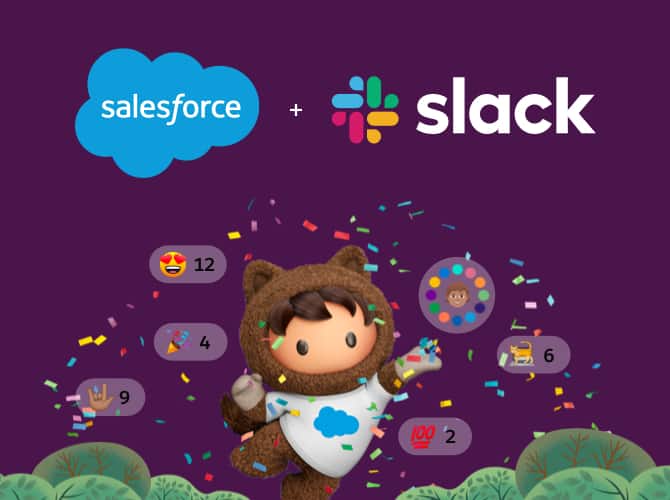For those not in the know: Slack is an office messaging app. Salesforce is one of the most famous progenitor of cloud-based customer relationship management (CRM) technology.
What do Slack and Salesforce have in common? Other than a common enemy (ok, rival may be the more politically apt word to use) in Microsoft.
Slack sees Microsoft Teams as encroaching on its collaboration market while Salesforce has to compete for business with Microsoft Dynamics.
Robinhood Markets says Salesforce wants to cement its B2B focus. After failing to acquire LinkedIn in 2016 (losing out to Microsoft), Salesforce is hoping to cement its B2B-only strategy with this potential “Slack-quisition” as Robinhood called it.
The Hustle called the Salesforce-Slack combo as a take on to the “Death Star known as Microsoft” – very dramatic but certainly fun to think about.
Workplace collaboration is nothing new to Salesforce. It has dabbled in the technology with Chatter in 2010, followed by its acquisition of Quip in 2016. The US$27.7 billion Slack buy will further cement Salesforce’s cloud presence. Will it be enough to stave off a Microsoft Death Star?
What’s in it for Salesforce?
Forrester put in its “two-cents” on the acquisition adding that:
- Slack makes collaboration easier for customer service, sales, and marketing teams. As self-service capabilities for customer service mature, agents are routed the harder issues that often require collaboration with other agents, product experts or even bots for rapid resolution. Similarly, sales teams – salespeople, sales engineers, product experts – must align around opportunities and sales strategies. Marketers must collaborate with sellers. CRM must evolve to make collaboration simple, and available in the context of the CRM users’ workspace. Other CRMs such as Microsoft Dynamics CRM already include team messaging, putting pressure of Salesforce to offer similar capabilities.
- Slack will allow Salesforce to continue its growth trajectory. Salesforce has not yet dipped its feet into the back office, instead spreading its reach, and fueling its revenue stream, by purchasing MuleSoft – integration software used to connect applications, data and devices together; and Tableau, an enterprise BI platform.
- The acquisition will extend the reach of Salesforce within companies. Slack demos often incorporate bots and workflows that operate on systems of engagement or systems of record data. The purpose is to serve users who are not “heads down app users” (e.g. front line workers in retail stores) with a simpler interface that is more geared towards conversations and collaboration. While this may open up Salesforce to a reduction in classic Salesforce licenses, it does pull in a wider user base able to work on its overall platform.
Forrester says, however, that even with Slack, the combination will not erode Microsoft Teams penetration – “in and outside of Salesforce accounts.”
Forrester sees no change in the short term for Salesforce and Slack customers.
“Salesforce has an opportunity to exploit Slack’s special relationship with developers. A bigger and tougher opportunity is in its ability to tie together the entirety of its portfolio and embed workflows and communications (via Slack) into its portfolio that includes a unique mix of data (Tableau), interoperability (Mulesoft), CRM (Salesforce’s Clouds), and employee engagement (Work.com) platforms, etc.
“The end game: employees are more engaged with Salesforce applications in the way they work and communicate. If Salesforce can’t deliver on this it paid a huge price tag that will result in relatively little impact,” said Forrester.





